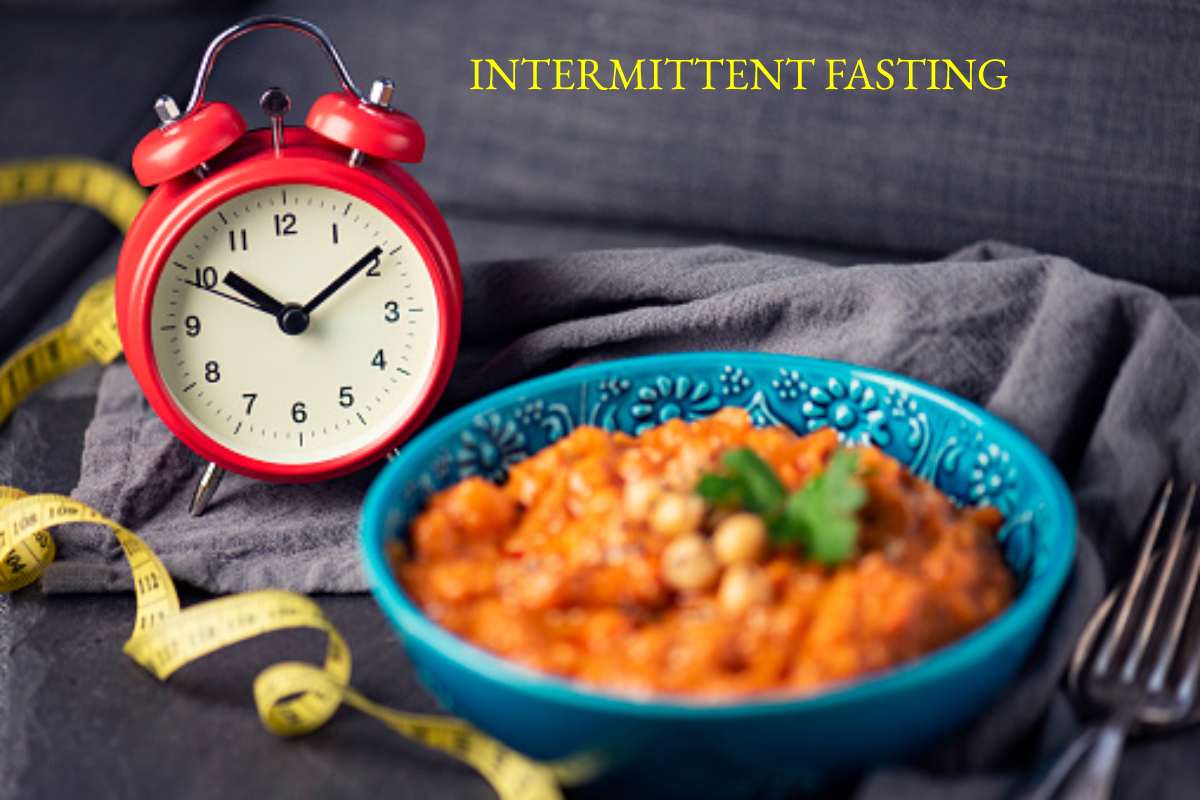In intermittent fasting, also known as intermittent fasting, periods alternated with days or times when you can eat normally. Calories are only expend within a fix window of time, Age-related diseases are to be alleviated, and weight loss and weight maintenance are facilitated. Find out here how intermittent fasting works and what it can do.
Table of Contents
What is intermittent fasting?
The principle of elementary: there are phases in which you can eat normally and phases in which you don’t eat any calories. You can only drink plenty of unsweetened tea and water.
During the feeding phases, everything is theoretically allow. Ideally, however, you should prefer healthy foods, which means lots of vegetables, little refined sugar, no fast food, little meat, white flour, or white rice.
The principle of intermittent fasting is derived from the nutritional rhythm of our ancestors, the hunters, and gatherers. They had no constant food supply and inevitably had to fast regularly, which is how the human body is used. Intermittent fasting can therefore also be practise long-term or permanently.
Since the fasting phases in intermittent fasting last a maximum of 36 hours, the body does not activate its hunger program, which shuts down the metabolism. This often becomes a problem with standard diets since a yo-yo effect quickly occurs.
This is how intermittent fasting works
There are different variations of intermittent fasting. Which one to choose depends on individual preference and discipline when it comes to food refusal:
All-day fasting: One to three days a week (fasting 1:6, 2:5, 3:4).
Rhythm 36:12: On one day, you usually eat from, e.g., 8:00 a.m. to 8:00 p.m., the next night and the whole following day there is only liquid.
Rhythm 20:4: There is only one four-hour window per day in which eating is allow. For 20 hours there is only tea and water.
16:8 rhythm: model suitable for everyday use, in which people fast for 16 hours and eat for eight hours a day. For example, you can do this by skipping breakfast or dinner.
That brings intermittent fasting
Intermittent fasting uses the fact that the so-called autophagy in cells begins in calorie-free phases after 2 p.m… Cells digest old and damaged building materials; the body cleanses itself of contaminated sites. This could explain the sometimes surprising effects on health. The goal is:
- reduce fat
- inhibit inflammatory processes
- lower cholesterol levels
- low blood pressure
- stabilize blood sugar
With fast, you don’t just lose weight. On the contrary, also aims to prevent or improve various diseases. These include joint problems, cardiovascular diseases, diabetes, and skin diseases such as neurodermatitis and acne. Fasting can even protect against multiple types of cancer.
However, most of the studies demonstrating these effects have so far only been carried out on experimental animals, and proof in humans is still pending. However, these animal experiments showed another impressive effect: Intermittent fasting can prolong life.
Risks of intermittent fast
Fasting puts a strain on the body. Anyone who is already heavily stress at work and in everyday life should avoid it.
You should also not fast during pregnancy and breastfeeding (not even in phases) to ensure that the child receives enough energy and nutrients throughout the day.
Intermittent : Conclusion
Intermittent fasting is a type that can be easily integrate into everyday life and is also relatively easy to maintain compare to longer phases. The method is also suitable for changing your diet, losing weight, or maintaining weight.
But start with short phases (16 hours) and listen carefully to whether your current life situation (stress level) is a good time for intermittent. If you can say that you’re reasonably healthy, balanced, and disciplined, nothing stops you from getting into that eating routine.

